The cost of bananas in 25 countries around the world
The varying cost of the planet's favourite fruit
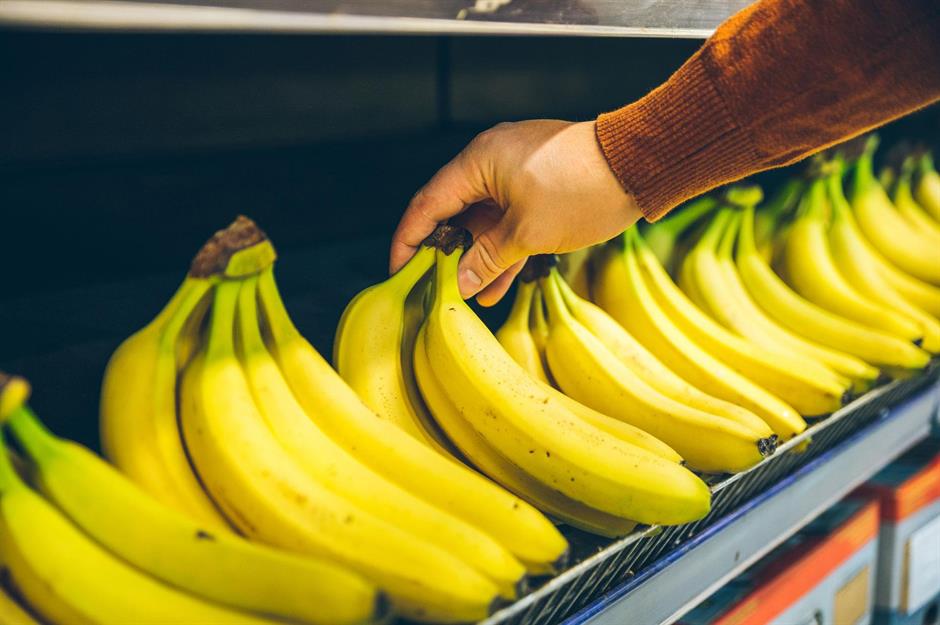
The humble banana has long been one of the most affordable fruits and a staggering 100 billion are eaten globally each year. But prices are on the rise, driven by everything from extreme weather to soaring shipping fees. Looking ahead, a double whammy of worsening climate change and a deadly fungus is threatening to decimate crops and upend supply chains. Could the days of the cheap banana be numbered?
Although the fruit remains affordable (for now), the cost of a banana varies dramatically worldwide, and the country with the highest price is totally unexpected. Read on to find out how the typical cost of a kilo of bananas compares in 25 selected nations, based on data collated by the cost of living website Numbeo.
Prices correct as of 3 April. All dollar amounts in US dollars.
Why are bananas traditionally cheap?
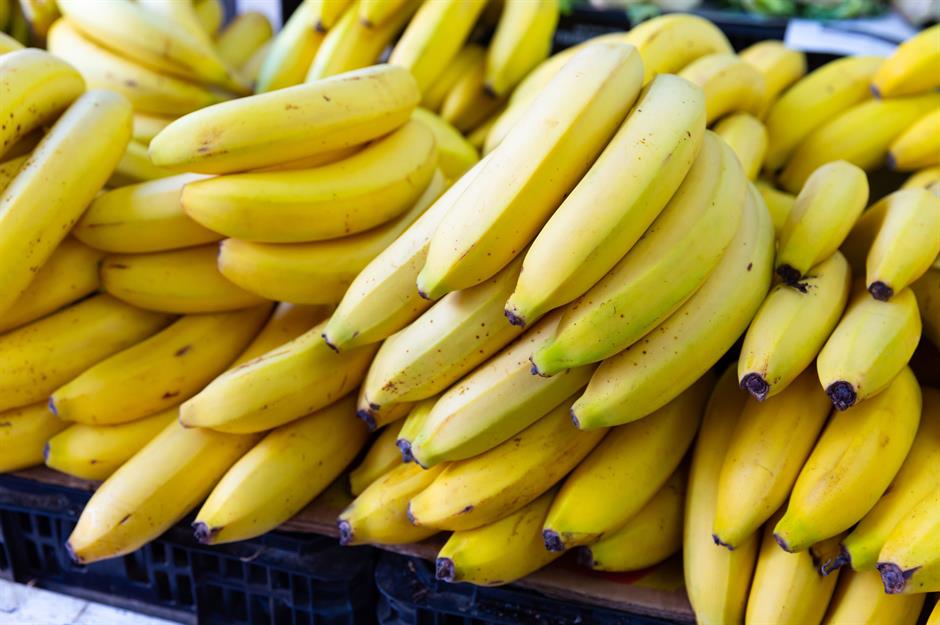
Bananas are exceptionally affordable for all sorts of reasons. For starters, banana plants, especially the dominant Cavendish variety, are remarkably productive, yielding up to 240 bananas apiece annually. Year-round cultivation in numerous tropical countries ensures abundant availability, while labour costs and other input expenses are generally low and sometimes even aided by state subsidies. Super-efficient supply chains also play a crucial role in minimising the cost for the customer.
Producing countries fiercely compete to offer the best prices, and major wholesalers and retailers leverage their bulk-buying power to further lower prices. To cap it all, supermarkets often sell bananas as loss leaders.
Why have prices been on the rise?
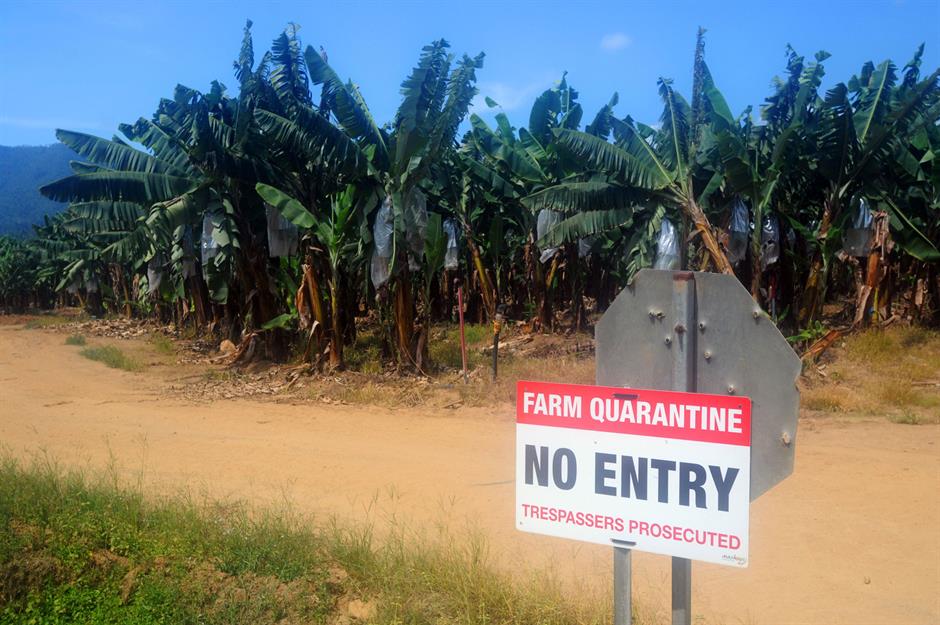
But extreme weather events, including La Niña in Latin America and the Caribbean, coldwaves in South Asia and heavy rains in Australia, have significantly impacted harvests of late. These, combined with outbreaks of disease among banana plants, have led to price increases. And for American customers, the Trump administration's fees on Chinese ships and potential tariffs could further contribute to rising costs.
In the longer term, climate change poses a substantial threat to global banana production. A recent study warns the major growing regions in Latin America and the Caribbean could lose up to 60% of their suitable cultivation area. And if that wasn't bad enough, the deadly TR4 Panama fungal disease is threatening to wipe out the Cavendish variety, which accounts for 99% of global banana exports. In any case, some experts argue current banana prices are unsustainable and unfair on growers, and should be significantly higher.
With that in mind, let's take a look at how banana prices vary around the world, starting with the cheapest...
India: $0.73 (£0.55)
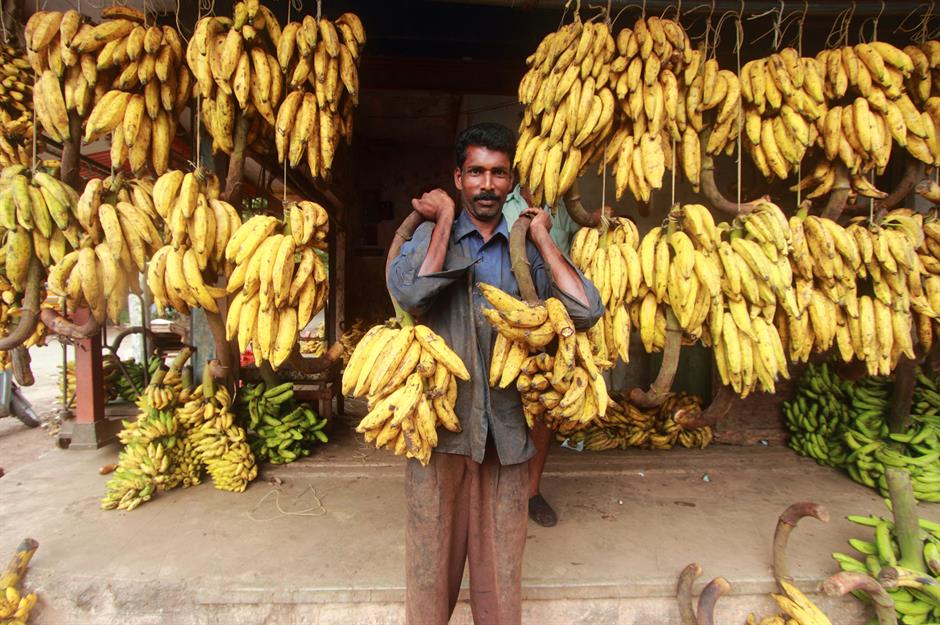
A kilo of bananas typically costs just $0.73 (£0.55) in India. This is the third-cheapest price among the 127 countries covered by Numbeo, after Egypt and Pakistan.
India is the world's largest producer of the fruit and this, combined with factors like the country's inexpensive workforce and generous government subsidies, makes for very low prices. Yet wholesale prices have actually risen by 30% since 2021, largely due to coldwaves, unseasonal rains and disease outbreaks, which have impacted harvests. Meanwhile, farmers have been shifting in their droves to more profitable crops, further constraining supplies and pushing up prices.
Colombia: $1.07 (£0.81)
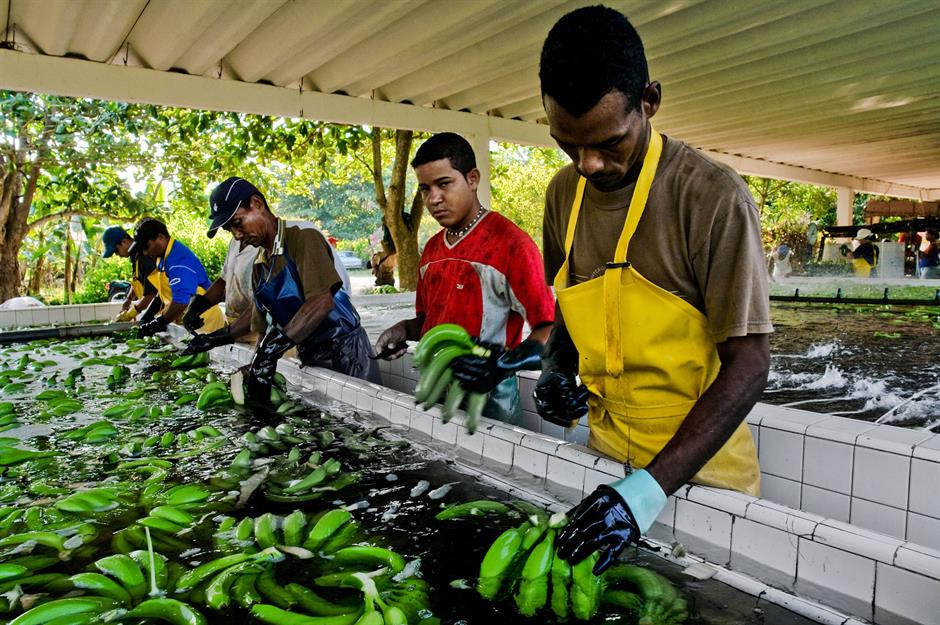
Likewise, cheap labour and other low production costs help keep the retail price of a banana mega-economical in Colombia, which is the world's 12th biggest producer of the fruit. That said, production expenses are increasing and the country's banana industry is having a tough time battling the TR4 fungus.
The average price for the fruit has dropped back from a record high in December but it remains more than double the pre-pandemic figure. Interestingly, Colombia has the lowest per capita banana consumption in our round-up at just 31 a year. Much of its output is exported, mainly to Europe.
Brazil: $1.26 (£0.96)
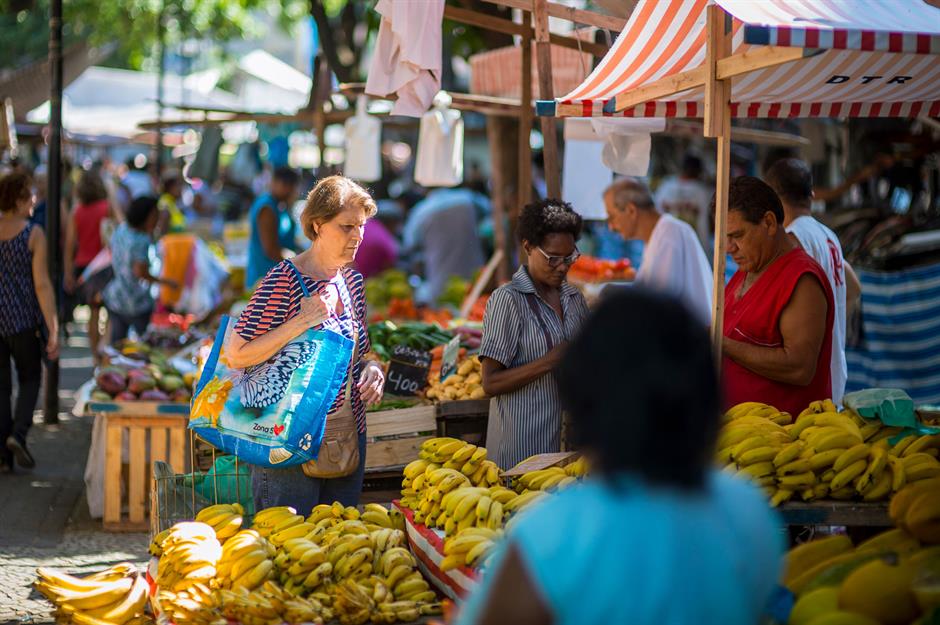
Brazil is the world's fifth-biggest banana producer, and its domestic market is huge – the country has the second-highest annual per capita consumption in this round-up at 187. This, together with modest labour costs and other expenses, is reflected in the low retail price of the fruit.
However, prices shot up last year as La Niña disrupted weather patterns, which resulted in poorer harvests. Outbreaks of the TR4 fungus also contributed to disappointing yields and resultant price hikes in 2024.
China: $1.26 (£0.96)

The world's second-largest banana producer, China expanded its domestic production of the fruit last year and cut its imports by almost 5%. Yet this ample supply has come as demand has fallen, with shoppers generally cutting back amid China's economic downturn. The wider availability of other fruits is also eroding the banana's market share – China has the third-lowest per capita consumption in this round-up at 53 a year.
All this has translated to lower prices for the fruit in the People's Republic, bucking the global trend.
Mexico: $1.35 (£1.03)

Mexico is a major banana producer with a cost-effective labour force, so it's hardly surprising the price of the fruit is low in the country. But prices have been climbing over the past few months. In February, they rose by over 14%, while inflation as a whole crept up by only 3.8%.
The key culprit is the drought that affected Mexico's banana-growing regions last summer. This, along with low temperatures at the end of 2024 and several disease outbreaks, has led to a relative shortage of domestic bananas, hence the escalating prices.
South Africa: $1.35 (£1.03)
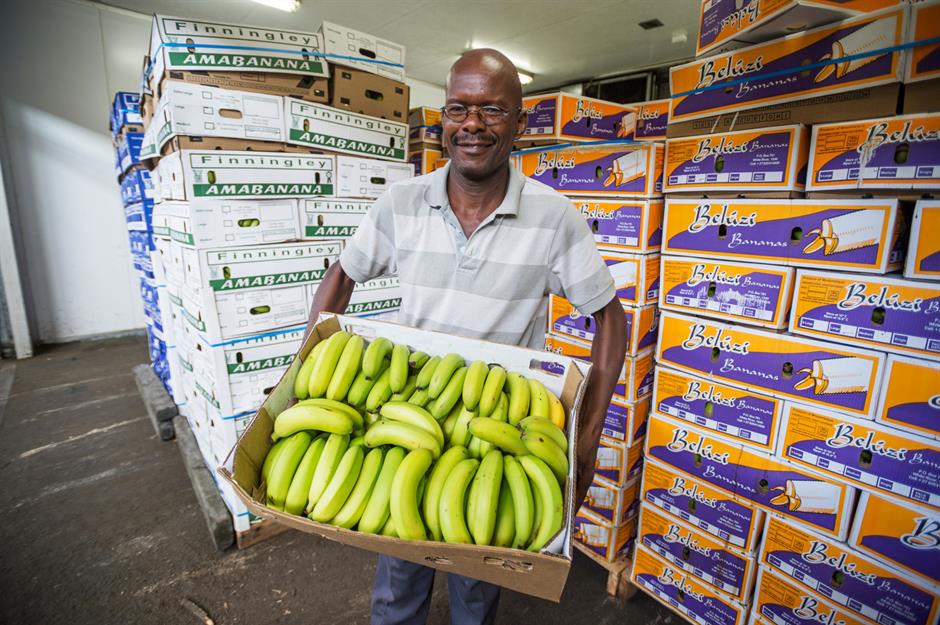
South Africa is a notable banana grower and boasts the highest average yield per hectare in this round-up, which contributes to its comparatively low prices for the fruit. But prices rose sharply last year and while they've been falling in 2025, they're still almost 10% higher than 12 months ago.
Last summer, the banana industry, which was still recovering from 2023's Cyclone Freddy, endured a devastating frost, which killed banana plants en masse. Another issue affecting prices is an insufficient number of banana ripening facilities in the country.
Canada: $1.39 (£1.06)
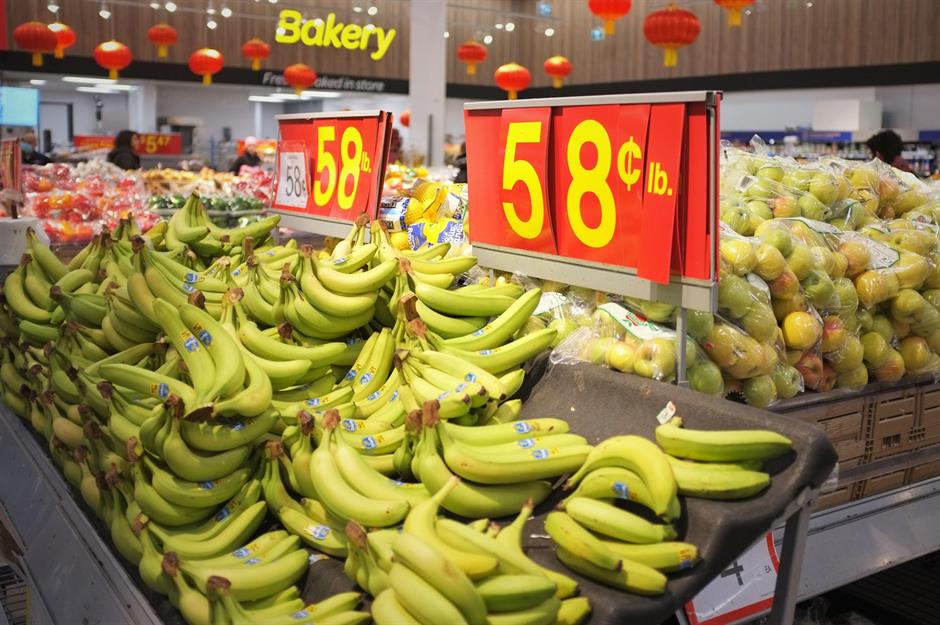
Canada enjoys some of the lowest banana prices among advanced economies. This is primarily thanks to the country's reliance on cheap banana imports from Latin America. But Canada's retailers, who wield huge clout with suppliers, compete to offer the lowest prices and frequently sell bananas as loss leaders, have been instrumental in keeping prices unbelievably affordable.
Bananas have mostly been immune to significant price rises in Canada over the past few years. And Canadians will be relieved to learn any Trump tariffs are unlikely to impact the cost at the store since the nation imports relatively few bananas from the US.
Indonesia: $1.39 (£1.06)
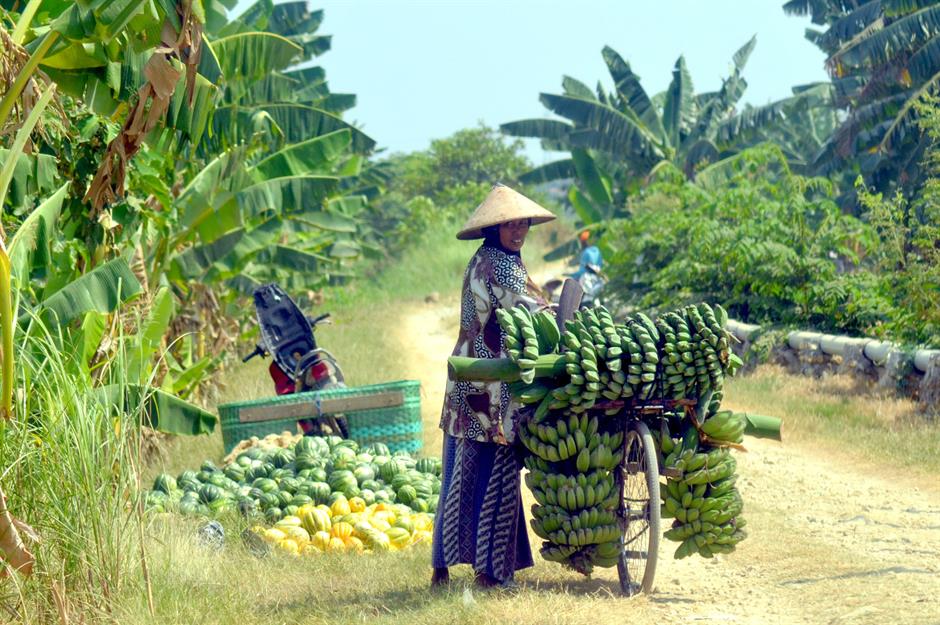
Indonesia is the world's third-largest banana producer and the country has the highest per capita consumption in this round-up at 223 a year. (Incidentally, Rwanda has the highest in the world, with the typical person there eating 812 annually).
A significant advantage for Indonesia is its cultivation of a diverse range of banana varieties, which offers a degree of resilience against the TR4 fungus that chiefly threatens the Cavendish variety. Still, Indonesia's growers face a serious challenge in the form of banana blood disease, a condition that causes affected bananas to look as if they're bleeding.
Philippines: $1.46 (£1.11)

The Philippines ranks seventh globally for banana production but has the world's biggest production per capita. Banana prices in the country are low from an international perspective, but they've been under pressure lately, with the TR4 fungus and black sigatoka disease mostly to blame.
These higher prices are also contributing to a decline in the nation's banana exports. Vietnam has surpassed the Philippines as China's leading overseas banana supplier, and Filipino growers are also losing ground in the Japanese market.
UK: $1.57 (£1.19)
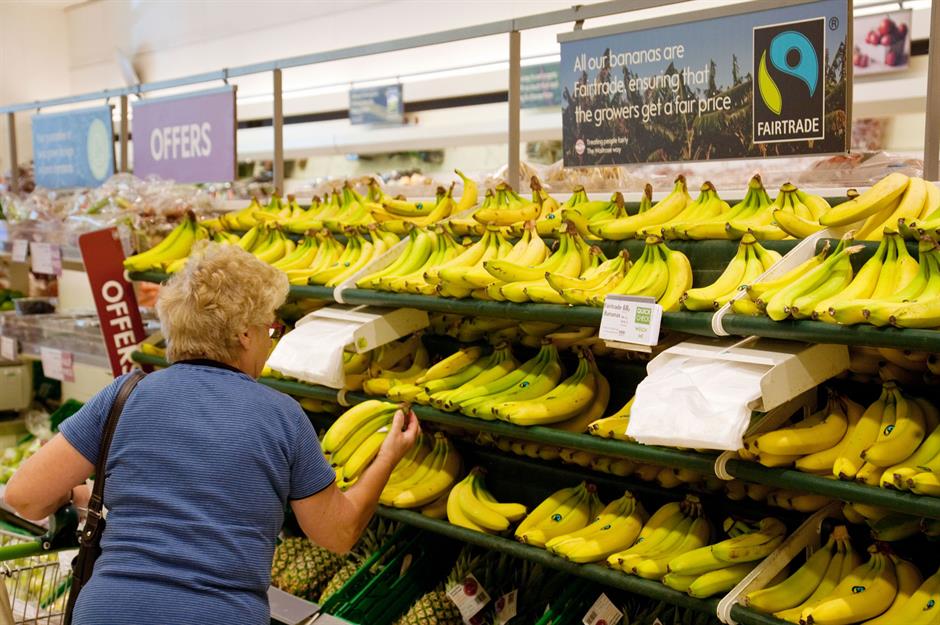
The UK's modest banana prices are largely attributable to its low-cost import sources and hyper-competitive retail environment. The majority of Britain's bananas arrive from Latin America and the Caribbean, with Colombia, Costa Rica and the Dominican Republic the key suppliers. Astonishingly, retail prices have barely changed since the 1980s.
The UK's supermarkets drive an especially hard bargain, aggressively negotiating for the lowest possible wholesale costs. Bananas are often sold as loss leaders, and supermarkets compete to offer the cheapest. Plus, the fruit is exempt from VAT in the country, which adds another layer to its already competitive pricing.
USA: $1.67 (£1.27)

The US is an important banana producer but the nation is strongly reliant on imports and has shipped in more bananas by volume than any other country since 1961. Low-cost bananas from Guatemala, Costa Rica and other Latin American countries dominate the US market. This steady flow of cheap bananas, coupled with intense retail competition and the use of bananas as loss leaders, has historically kept prices exceptionally low. But costs for shoppers have started to edge up.
In March 2024, Trader Joe's raised the price of a single banana for the first time in 20 years, increasing it by 21% from 19 cents (15p) to 23 cents (18p).
Germany: $1.72 (£1.31)

Germans typically pay $1.72 (£1.31) for a kilo of bananas. As in the US, this is down to cheap imports from Latin America and the Caribbean, facilitated by the EU's favourable trade conditions.
Germany's market is also shaped by the dominance of its all-powerful discount retailers, which pull out all the stops to secure the lowest possible prices. This has led to an outcry among growers in Latin America, who allege the supermarket chains effectively force them to sell their bananas at unsustainable prices.
UAE: $1.76 (£1.34)
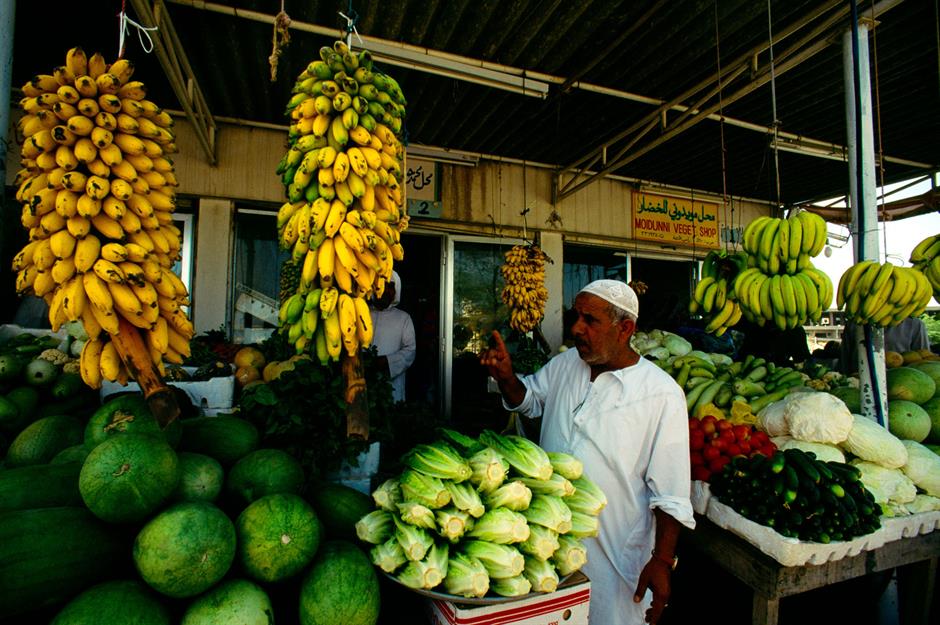
Like Germany, the UAE is dependent on banana imports, but it too benefits from cheap shipments, with the majority of its supply of the fruit coming from low-cost Ecuador, India and the Philippines.
Prices in the nation are subject to marked fluctuations though. For instance, they tend to spike during Ramadan, when demand for the popular fruit surges.
Spain: $1.88 (£1.43)

Spain is the EU's banana-growing powerhouse, but its harvest comes from the Canary Islands, which are located in Africa, not Europe.
Canary Island bananas are more expensive since they're costlier to produce, though many customers are happy to pay more for their sweeter taste and superior texture. This could explain why the average cost of a banana is higher in Spain than in countries like the UK and Germany.
Ireland: $2.03 (£1.54)
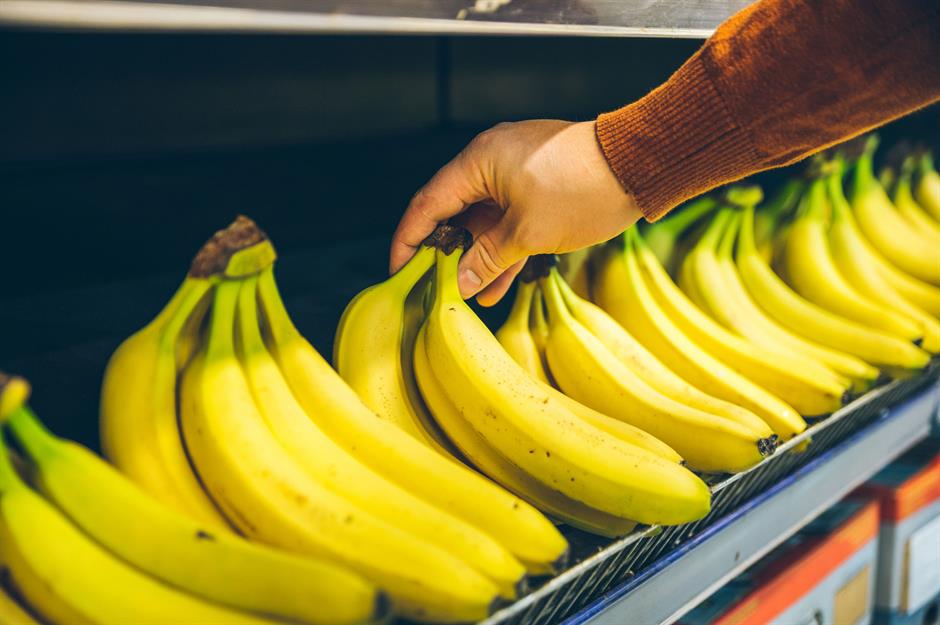
The price of a kilo of bananas in Ireland is typically $2.03 (£1.54). While this is reasonable for a European country, the figure is almost a third higher than the UK's.
This price difference is likely due to Ireland's much smaller population, which limits economies of scale and supermarket buying power. The upside is Ireland tends to be cheaper for other types of food such as beef, milk and rice, according to professional services company Nathan Trust.
Argentina: $2.03 (£1.54)
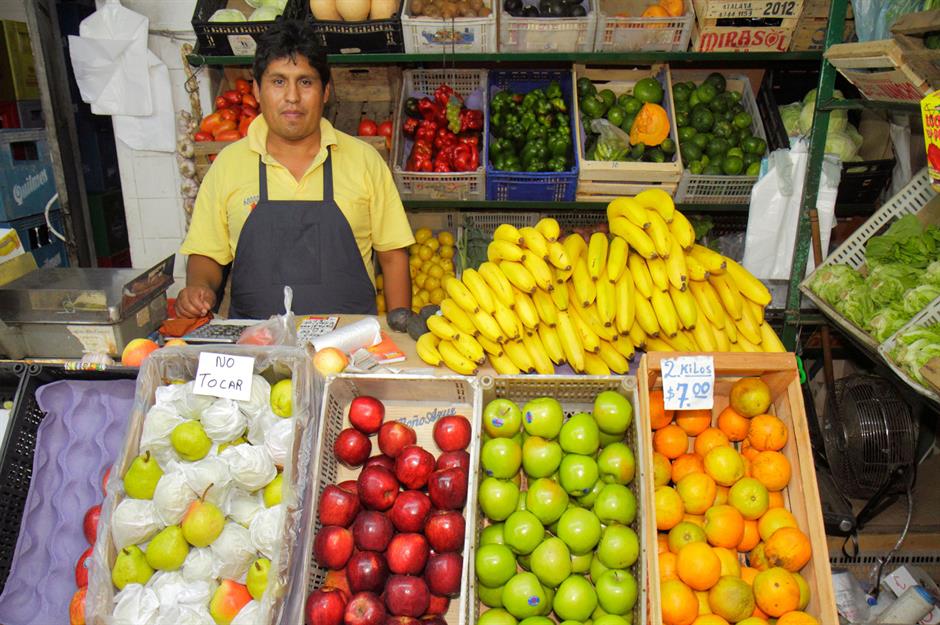
Argentina relies heavily on banana imports, which have become more expensive as a consequence of the peso's devaluation. Another factor that influences Argentina's relatively high banana prices is the 10.5% VAT rate the government slaps on the fruit. A recent price survey carried out by consulting firm Javier Miglino y Asociados found the average cost of a banana has actually reached $0.33 (£0.26), which is considerably higher than the Numbeo figure.
Higher prices for the staple over the past few years have led to lower consumption – the typical Argentinian now gets through only 70 bananas annually, down from 175 at the start of the 21st century.
New Zealand: $2.16 (£1.64)

Bananas are also subject to a hefty VAT rate in New Zealand, which taxes the fruit to the tune of 15%. And while most of New Zealand's bananas, 74% in fact, come from budget-friendly Ecuador, the country's remote location means shipping costs can be considerable.
Plus, as is the case with Ireland, New Zealand's small population limits economies of scale and retailer bargaining power. So it's hardly surprising that bananas are more expensive in Aotearoa than in countries like the UK and America.
France: $2.22 (£1.68)
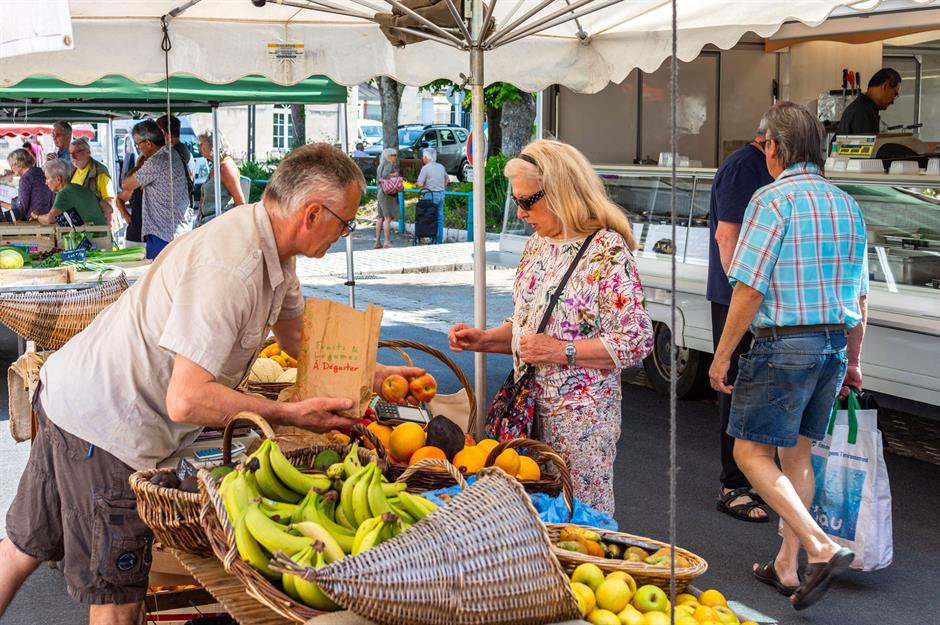
Bananas aren't all that cheap in France either. The country's main source for the fruit is Côte d'Ivoire, which isn't the most cost-effective growing nation. In 2020, UN data showed import costs from the African country were 26% higher than from Colombia.
France does grow its own bananas in its overseas departments of Martinique and Guadeloupe. But they're comparatively expensive to produce and compete poorly with bananas grown in other Caribbean Islands and parts of Latin America.
Belgium: $2.24 (£1.70)
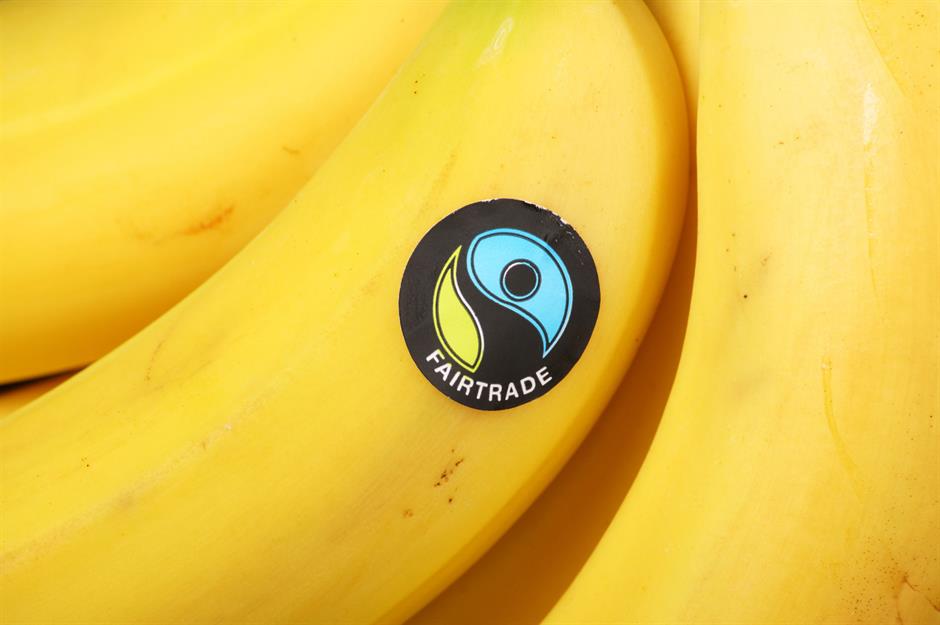
Belgium sources its bananas from low-cost countries like Colombia and Costa Rica, benefiting from the EU's favourable trade arrangements. Yet bananas are generally more expensive in Belgium compared to other nations in the bloc.
Belgium's focus on ethical retail is likely a factor. In 2019, Lidl Belgium switched to selling only Fairtrade bananas and five major supermarket chains have pledged to ensure a living wage for banana workers throughout their international supply chains by 2027.
Austria: $2.25 (£1.71)

The Austrians are big banana fans – among Europeans, only the Portuguese and Dutch eat more of the potassium-rich fruit. While Austria sources its bananas primarily from economical growers in Ecuador and Colombia, which helps keep costs down, the fruit isn't as cheap in the country as you might expect.
Factors contributing to this include the lack of supermarket competition in Austria, a 10% VAT rate on food and the relatively high proportion of Fairtrade and organic bananas sold in the country that command higher prices.
Switzerland: $2.26 (£1.72)
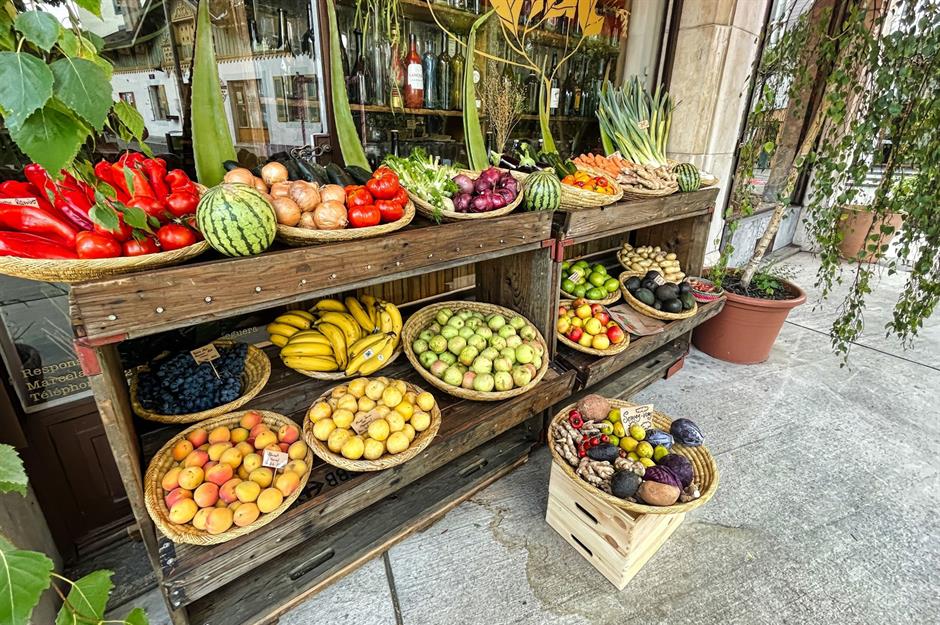
Switzerland sources its bananas from low-cost suppliers too, with Ecuador, Colombia and Peru the top three providers. But the fruit is also on the expensive side in the country, though it hardly seems an indulgence when Switzerland's generous average income is considered.
Retail operating costs, from wages to rents, are high in the country and this pushes up food prices. Mirroring neighbouring Austria somewhat, competition among supermarkets is muted in Switzerland, while a large proportion of the bananas sold in the country are organic, which bumps up overall prices.
Australia: $2.64 (£2)
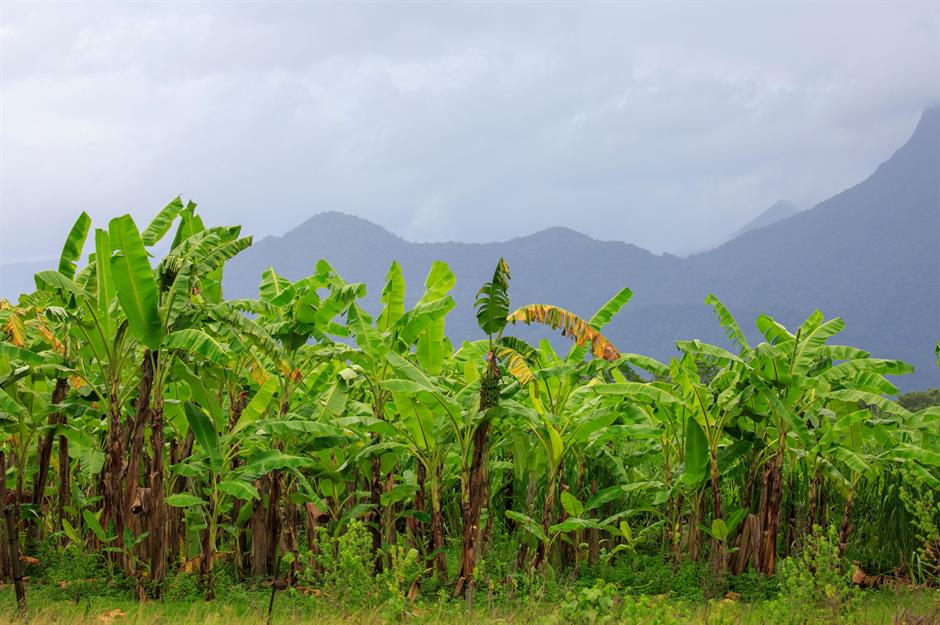
Australia restricts cheap banana imports for biosecurity reasons and to protect its domestic industry, which has high operational costs, particularly in terms of wages. As a result, virtually all the bananas consumed in the country are homegrown, while exports are very modest.
This makes for higher prices in the stores. Costs are compounded by the expense of distributing the fruit across the vast country since 94% of Australia's bananas are grown in north Queensland. This heavy reliance on a single source makes the supply vulnerable, a fact vividly demonstrated by the recent floods in the region, which resulted in destroyed crops and even higher prices.
Singapore: $2.95 (£2.24)
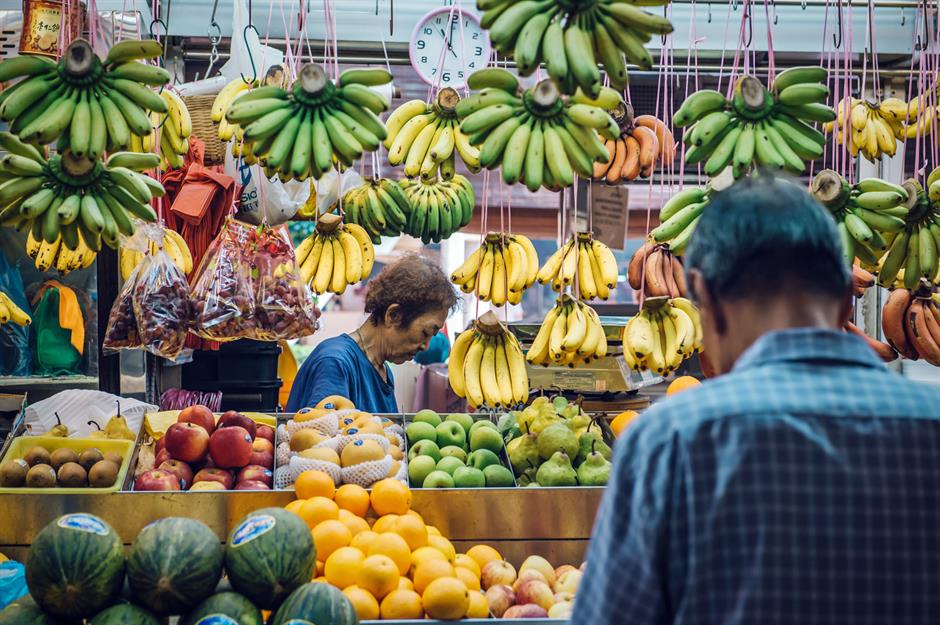
While its climate is conducive to growing the fruit, Singapore is almost entirely dependent on imported bananas, owing to its small size and lack of arable land. This drives up prices and it doesn't help that the city-state's chief source of bananas is the Philippines, where costs have been on the rise.
Factor in Singapore's sky-high labour and land costs and it doesn't take a genius to work out why bananas are pricey there by global standards. However, the banana remains the cheapest fruit available in the country by a considerable margin.
Denmark: $3.20 (£2.43)
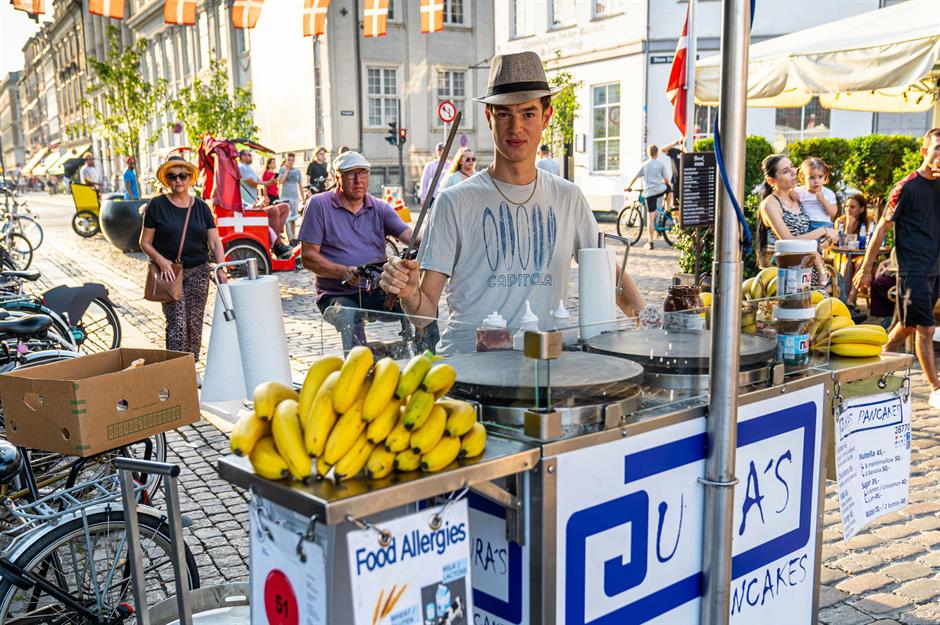
A banana is not such a cheap treat in Denmark. The Nordic nation imports much of its supply from European intermediaries like Germany and the Netherlands, which increases costs. The government then imposes 25% VAT on the fruit, more than any other country in this round-up. Steep retailer costs further contribute to the elevated prices Danish shoppers pay.
It's also important to point out that a large proportion of the bananas consumed in Denmark are organic, which inflates the average price due to their premium cost.
Jamaica: $3.55 (£2.70)
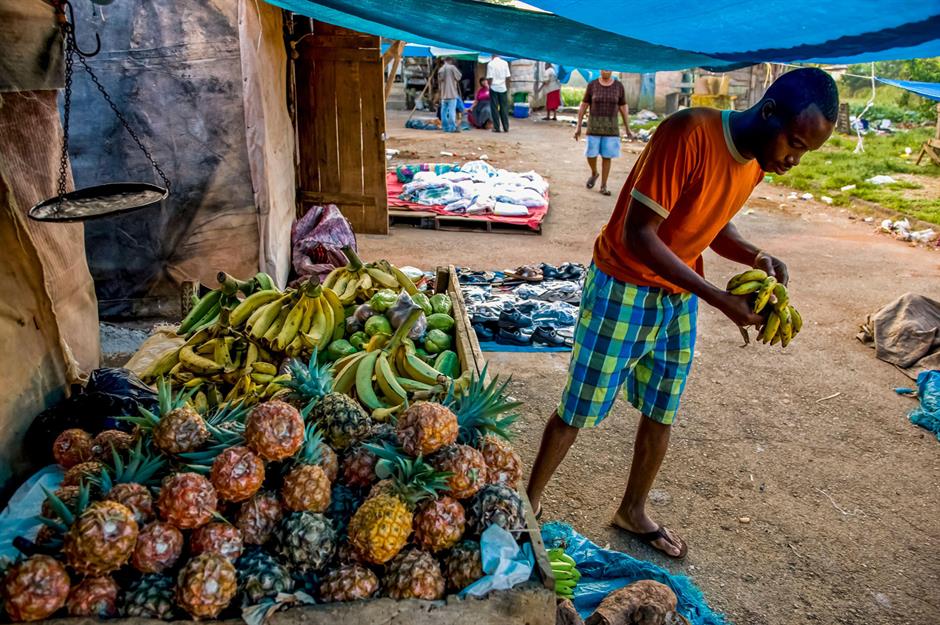
Jamaica is a major banana grower with the perfect conditions for cultivating the tropical fruit, so the typical price as reported by Numbeo seems shockingly high. Black sigatoka disease was already ravaging the Caribbean island's banana plants when Hurricane Beryl hit last July and wiped out 70% of the crop. Severe shortages of the fruit ensued. In December, one exasperated Facebook user posted that bananas were “only available to long-standing customers at the market”. Prices have understandably skyrocketed, with little more than expensive imports available.
The good news is that Jamaica's banana industry has been rebounding nicely, and prices are beginning to come down as supplies gradually increase.
Now discover the cost of groceries in 22 countries around the world
Comments
Do you want to comment on this article? You need to be signed in for this feature